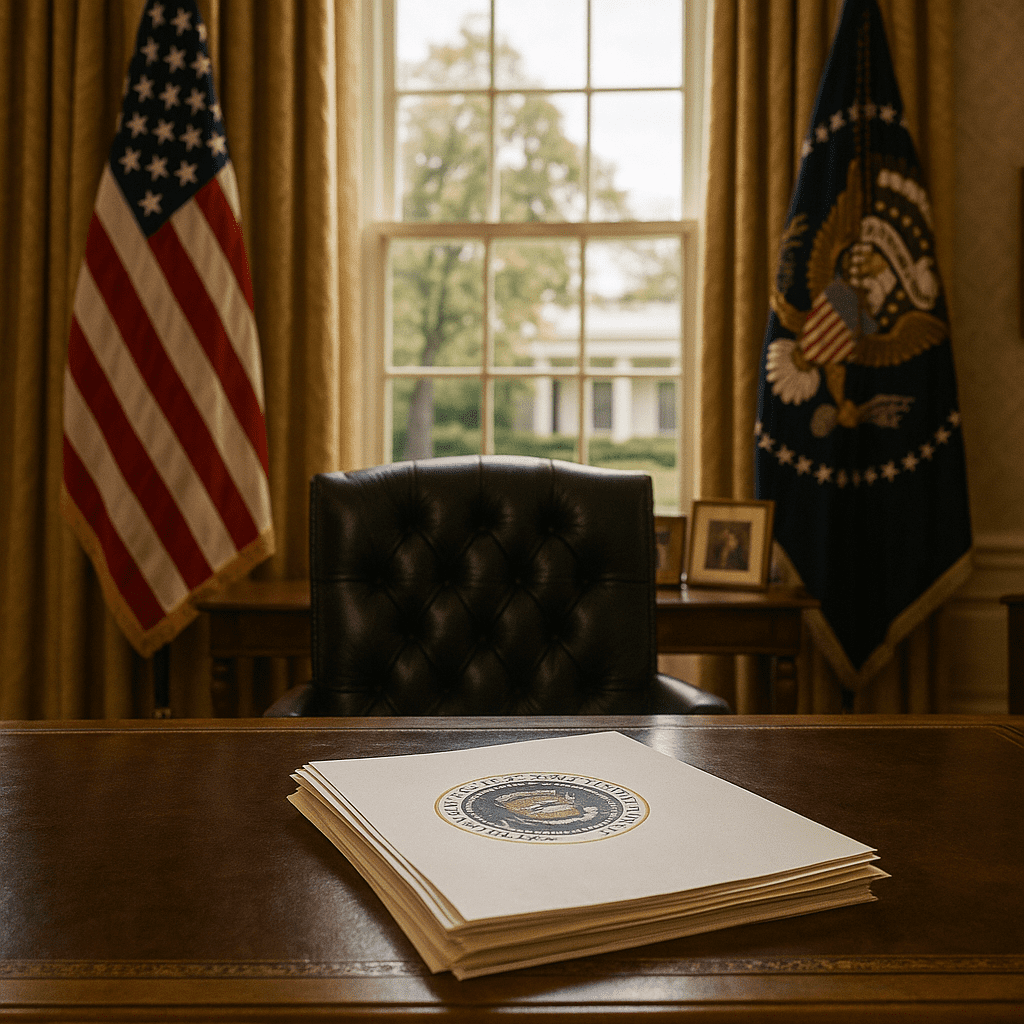On February 7, 2025, President Donald J. Trump signed an executive order titled “Protecting Second Amendment Rights,” initiating a comprehensive review of federal actions from January 2021 through January 2025 that may have infringed upon Americans’ constitutional right to keep and bear arms. This directive assigns Attorney General Pam Bondi the responsibility of identifying regulations and executive actions that may have limited firearm ownership or imposed undue restrictions on law-abiding citizens. The review encompasses presidential orders, Department of Justice and Bureau of Alcohol, Tobacco, Firearms and Explosives (ATF) rulings, and firearm classifications that may have expanded federal oversight beyond constitutional limits.
The executive order underscores the administration’s commitment to upholding the Second Amendment as fundamental to preserving security and liberty in the United States. The document states: “Because it is foundational to maintaining all other rights held by Americans, the right to keep and bear arms must not be infringed.” This directive reflects a clear intent to align federal policies with a broad interpretation of gun rights, signaling a departure from previous administrations’ approaches to firearm regulation.
In response to the executive order, the National Rifle Association (NRA) expressed strong support, with Executive Vice President and CEO Doug Hamlin stating, “Promises made to law-abiding gun owners are being kept by President Donald J. Trump.” The NRA views this action as a monumental win for gun rights in America and a clear statement from the President that he intends to uphold his promise to protect constitutional freedoms. Similarly, the National Association for Gun Rights hailed the move as a necessary step to undo the damage inflicted by prior administrations, emphasizing the importance of safeguarding the Second Amendment against bureaucratic overreach.
While the executive order aims to reinforce Second Amendment protections, it introduces several complexities. The directive mandates a thorough review of numerous federal actions, potentially leading to the rescission or modification of existing regulations. This process may result in bureaucratic expansion as agencies undertake comprehensive evaluations and implement changes. Additionally, the broad scope of the order could lead to legal challenges and require significant administrative resources to address the identified issues effectively.
Furthermore, the emphasis on aligning federal policies with a broad interpretation of gun rights may raise concerns about the balance between individual freedoms and public safety. The potential rollback of certain regulations could impact measures designed to prevent firearm-related incidents, necessitating careful consideration of the trade-offs involved. It is essential to ensure that efforts to protect constitutional rights do not inadvertently compromise the safety and well-being of the public.
The administration’s proactive approach to reviewing and potentially revising firearm regulations demonstrates a commitment to upholding the Second Amendment. By addressing potential infringements on gun rights, the executive order seeks to restore and reinforce the constitutional freedoms of law-abiding citizens. As the review progresses, it will be crucial to monitor the outcomes and ensure that the measures implemented effectively balance individual rights with public safety considerations. This initiative represents a significant step in the ongoing dialogue surrounding gun rights and regulation in the United States.
—
Mark Davis covers Second Amendment rights, firearm legislation, and the growing tension between state laws and federal oversight of gun ownership in America.



